As much as every car looks great, there is a limit to the lifespan of even the most reliable. What then? Instead of letting parts of old vehicles rust away in junkyards and landfills, there is auto parts recycling that is the smart, sustainable course. It’s not just about ridding the old cars but giving parts a second life, and there will surely be waste reduction and the protection of our environment.
Recycling auto parts saves these precious resources, such as steel, aluminum, and rubber, from going to waste, in addition to cutting down on the pollution of creating new parts. It also helps car owners save money since alternatives to brand-new replacements are much cheaper. A used engine, a refurbished alternator, or second-hand tires are just a few examples of recycled auto parts that prove beneficial for consumers as well as the environment.
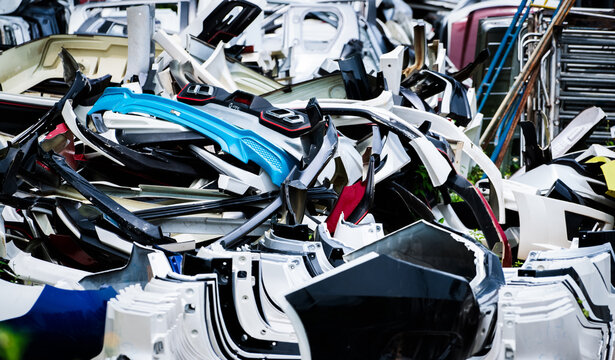
However, how does the process work, and why is it important? Here’s an in-depth look into the main parts of auto recycling, its advantages, and the reasons why one should opt for it as the right choice.
1. Why Auto Parts Recycling Matters
The parts of a car are in their thousands, so when a vehicle is no longer roadworthy, it does not mean all the parts are worthless. Recycling them helps reduce the damage to the environment and stops unnecessary waste.
Instead of junking valuable materials, dismantlers remove functional parts, such as batteries, transmissions, and catalytic converters, for refurbishment, testing, and resale at a fraction of the cost of new parts. The demand for new manufacturing goes down, thereby cutting down on pollution, energy usage, and resource depletion.
Recycling auto parts isn’t just about the environment—it’s also an economic advantage. Buyers can save a significant amount of money by choosing used, high-quality parts over expensive new ones. For car owners, businesses, and mechanics, this presents an affordable and reliable alternative to costly repairs.
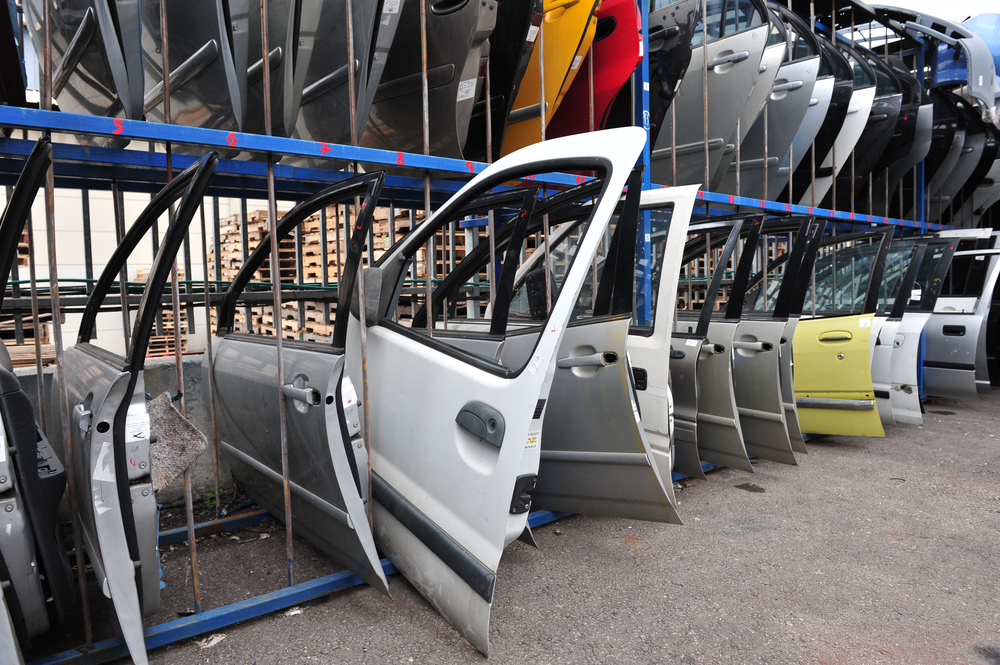
2. How the Auto Parts Recycling Process Works
Auto parts recycling is a well-structured, multi-step process designed to maximize the reuse of car components. Here’s how it works:
Vehicle Collection: Old, damaged, or abandoned cars are brought to recycling centers or salvage yards.
Inspection & Dismantling: Experts assess the vehicle, identifying which parts can be reused, refurbished, or recycled.
Fluids & Hazardous Material Removal: Oil, coolant, brake fluids, and other toxic substances are safely drained and disposed of.
Component extraction: The reusable parts, such as the engines, alternators, and doors, are withdrawn from the car, tested, and cleaned before selling.
Material Recycling: The rest of the metals, plastics, and rubber are shredded, melted down, and reused in new products.
This is a very efficient process, which makes sure that everything produced in a car can be utilized, thus greatly reducing landfill waste and pollution.

3. Environmental Benefits of Auto Parts Recycling
One of the most significant benefits of recycling auto parts is their positive impact on the environment. Manufacturing new car parts requires a lot of raw materials, energy, and water. Reusing existing parts means that we avoid carbon emissions significantly and save many natural resources.
For instance:
Metal recycling eliminates the need to mine, thereby destroying ecosystems and polluting water sources.
Using car batteries over again prevents lead and acid toxins from contaminating the soil.
Plastic component repurposing saves plastics from decay that would take centuries.
Recycling auto parts can simply be said to be an environmentally friendly practice that benefits everyone towards a greener tomorrow.
4. Consumer Cost Savings
Purchasing recycled auto parts surely saves the money involved, especially considering most of the new car parts are very expensive, particularly for older models. When most parts become hard to find, recycling them will not compromise the quality because there are no broken parts in them.
Many certified auto recyclers test and refurbish parts before reselling them, ensuring they work just as well as new ones. Plus, since these parts are widely available, mechanics and car owners can repair vehicles at a fraction of the cost compared to dealership prices.
If you’re on a tight budget or looking for a cost-effective way to maintain your car, buying recycled parts is an excellent choice.
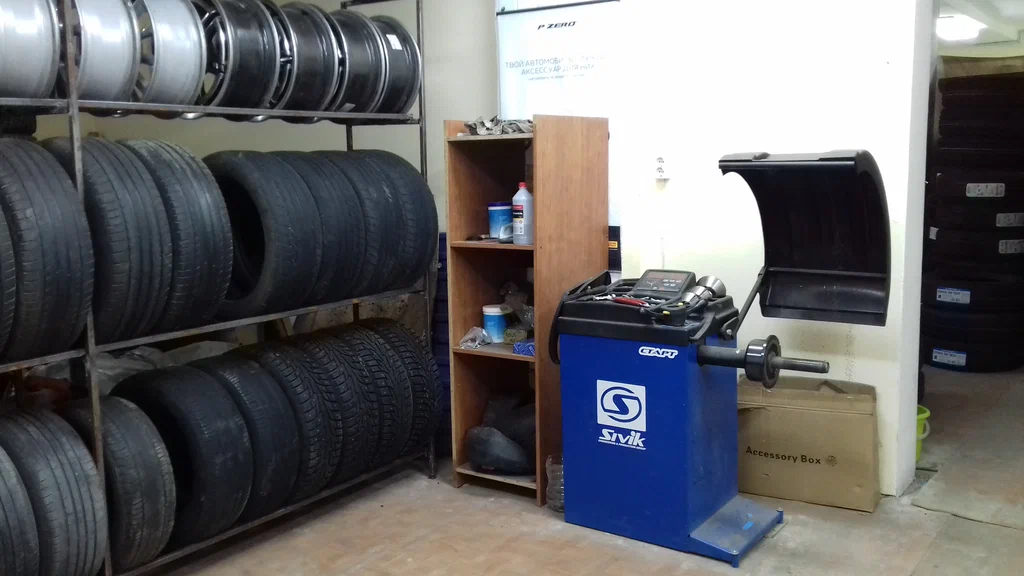
5. Employment Opportunities and Economic Expansion in the Recycling Sector
Car parts recycling has a positive environmental impact, but it also brings thousands of employment opportunities worldwide. Recycling centers, salvage yards, and refurbishing plants employ technicians, mechanics, and salespersons.
The industry boosts local economies by supporting small businesses that sell recycled parts. In many countries, government incentives promote auto recycling, further reinforcing the economy.
There are also huge savings from this, as using recycled parts can be very helpful towards supporting sustainable jobs in the industry.
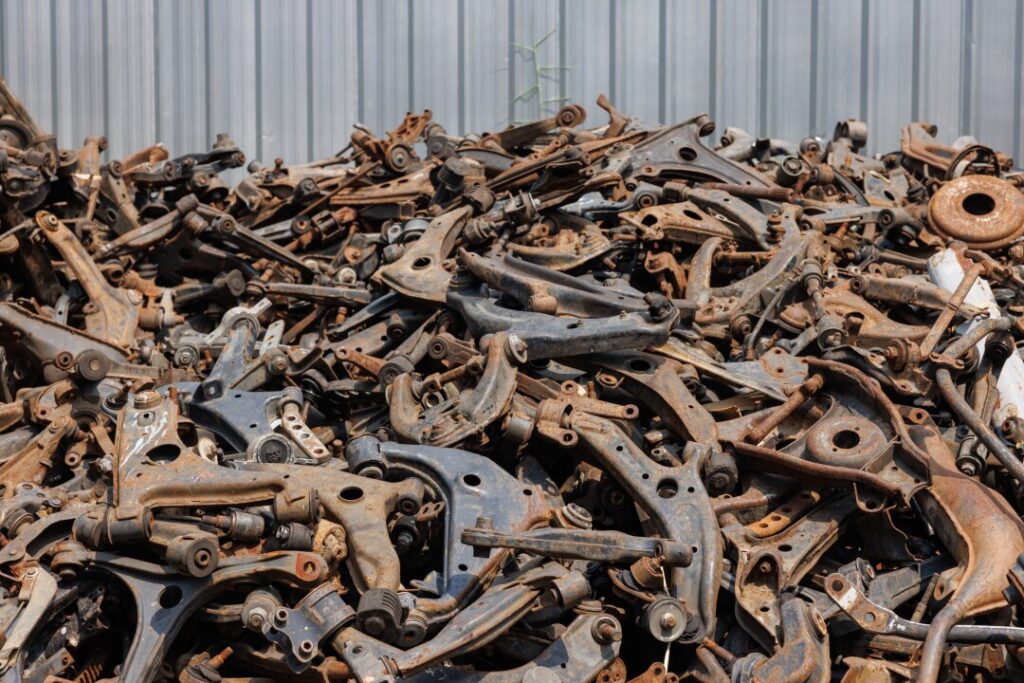
6. Frequent Auto Parts Recycled
Many car parts have a pretty long lifespan. These can be reused safely. The most frequently recycled ones include
Engines & Transmissions—Refurbished to use in other cars.
Batteries—Get reconditioned or broken down for raw materials.
Tires—retreaded or reused for other applications.
Catalytic Converters—Rich in precious metals that can be recovered.
Alternators & Starters—Sold at great prices after refurbishing.
The right testing and reselling of these parts lead to a potential solution for both consumers and the auto industry.
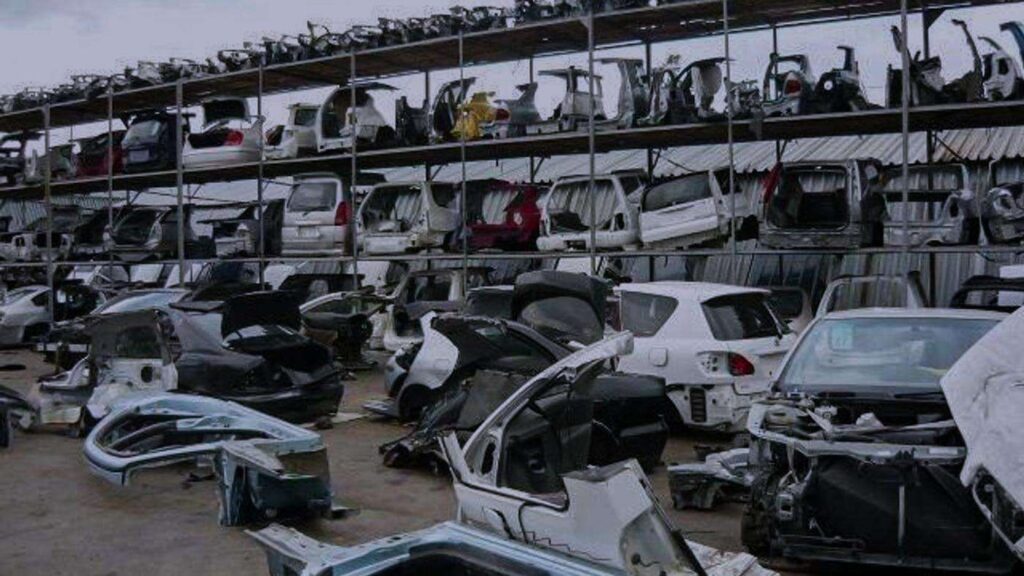
7. Future of Auto Part Recycling
Newer technologies promise the future of auto parts recycling in a better shape. Electric vehicles are taking a toll on the industry as more focus is on battery recycling and reusing such rare materials like lithium and cobalt.
Newer 3D printing technologies and innovations in material recovery would further boost the recycling processes by making it easy and efficient enough to recycle the auto parts again.
Governments and environmental organizations are pushing for stronger recycling regulations so that fewer cars will end up in the landfill. This will translate to a much more sustainable and responsible auto industry for generations to come.
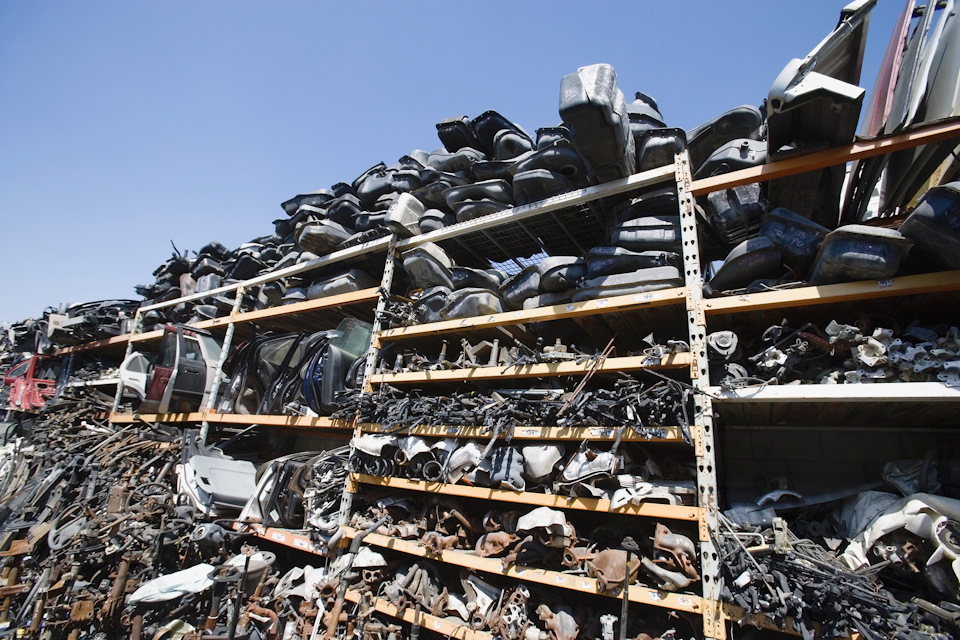
Conclusion
Auto parts recycling is far from simply piling up old cars; it is about sustainability, cost-saving, and being responsible to the environment. With the choice of recycled parts, one reduces waste, conserves natural resources, and reduces pollution.
Whether you are a car owner looking to save money, a mechanic looking for affordable parts, or an advocate for greener solutions, auto recycling is beneficial to all. The next time you need a car part, consider going the recycled route—it’s a choice that supports both your wallet and the planet.
